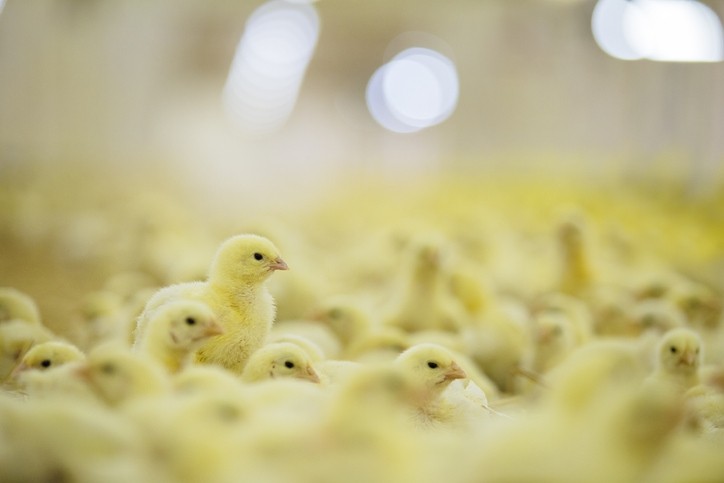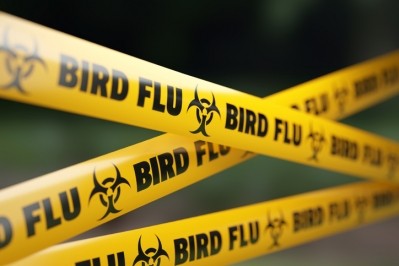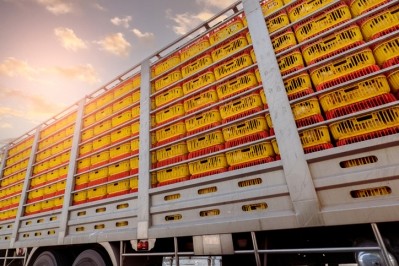Largest seasonal HPAI epidemic ever in Europe: Is lower poultry density a way to tackle avian flu?

The European Food Safety Authority (EFSA) is also encouraging the rapid implementation of other “suitable and sustainable” HPAI mitigation strategies, biosecurity and surveillance approaches, as it confirmed that the 2021–2022 has seen the largest seasonal HPAI epidemic ever in Europe.
“This is the largest number of HPAI cases for an epidemic season ever reported. The persistence of HPAI (H5) virus in wild birds indicates that it may have become endemic in wild bird populations in Europe.”
Around 5,300 detections of the HPAI virus were reported in poultry, captive and wild birds in 36 EU/EEA countries and the UK during the 2021-2022 epidemic season, found the latest EFSA report on HPAI.
A total of 2,398 outbreaks in domestic poultry led to the culling of 46 million birds in affected establishments. More than half of poultry outbreaks in Europe were due to secondary spread, from infected poultry to other poultry farms, as per the EFSA data.
In addition, 168 outbreaks were detected in captive birds, and there were 2,733 HPAI detections in wild birds in 36 European countries.
The current 2021-2022 HPAI epidemic season is still ongoing, with cases in poultry and wild birds reported up to June 2022, said the EU food safety risk assessor.
France accounted for 68% of the overall poultry outbreaks, Hungary for 24% and all other affected countries for less than 2% each, according to the Authority's findings.
Most detections in wild birds were reported by Germany, followed by the Netherlands and the UK.
It indicated that as the virus would appear to be endemic in wild bird populations in Europe, the health risk from HPAI A(H5) for poultry, humans, and wildlife in the region now remains present year-round, with the highest risk in the autumn and winter months.
But the risk of infection is assessed as low for the general population in the EU/EEA, and low to medium for occupationally exposed individuals, said the organization.
US crisis
The pathogen has been spreading rapidly in the US as well, wreaking havoc.
At the end of May this year, the US Department of Agriculture (USDA) reported that Agriculture Secretary Tom Vilsack had approved funds to support USDA’s Animal and Plant Health Inspection Service (APHIS) in its response efforts to the outbreak of HPAI in the US.
The virus had been confirmed in 35 states then, affecting more than 37.9 million domestic birds.
Vilsack approved the transfer of US$400m from the Commodity Credit Corporation to APHIS, after previously ensuring about US$130m in emergency funding was made available to deal with the HPAI situation in March, along with an additional US$263m given in April.
South America and Australia could be next
According to a review in Nature, wild birds help to transport the virus around the world, with their migration patterns determining when and where it will spread next. “Regions in Asia and Europe will probably continue to see large outbreaks, and infections could creep into currently unaffected continents such as South America and Australia.”
That article noted that an effective vaccine for poultry might help to stem the spread, along with decreases in the number of birds in production facilities, citing Michelle Wille, a wild-bird virologist at the University of Sydney in Australia.
The poultry industry can also continue to improve biosecurity by restricting entry to facilities, with players protecting their water sources and decreasing contact between poultry and wild birds, it suggested.








